|
During our recent digs in the AirportHistory.org archives we unearthed a very interesting 1980 British Airways brochure advocating for the construction of a fifth terminal at Heathrow, which could be ready as early as 1989.
Interestingly, permission to build Terminal 4 had just been given the year prior and construction hadn't even started. So, how come British Airways was already lobbying for the next terminal, complete with artist's impressions? Was BA simply extremely forward-looking, considering the long lead time in the UK to build large airport projects? Find out the answer below!
THE NEED FOR CAPACITY
By the early 1970s, serious doubts had arisen about the necessity for a new London airport in the Thames Estuary, 45 miles (70 kilometers) east of Central London. As a result, the focus shifted back to providing additional capacity at existing airports. At the time, the maximum capacity of Heathrow's three terminals was thought to be 30 million annual passengers. Traffic forecasts indicated that there would be a capacity shortfall between 1982 and 1986.
TWO OPTIONS FOR TERMINAL 4
The immediate priority was to build a new Terminal 4 at Heathrow, where pressure was greatest. Planning work started in 1973. One option was to develop the site of the Perry Oaks sludge works on the western side of the airport, where a terminal with a capacity of 15 million passengers could be provided. The site was located between the main runways, decreasing aircraft taxi times. It could be easily connected to the M25 Orbital Motorway, which was being built at the time.
Want more stunning airport photos & stories?
Sign up to our newsletter below to know when new content goes online
The other option was to build a much smaller terminal with a capacity of 8 million annual passengers on a 70-hectare site southeast of the airport.
For obvious reasons, the Perry Oaks alternative was heavily backed by British Airways, which has its home base at Heathrow Airport. However, the Perry Oaks option was ruled out because of the lead time involved in clearing the site, which was believed to be several years. Thus planners chose the southeast site, it being the only site where a new terminal could be built in time before existing capacity limits were reached in the mid-1980s.
In December 1979, the UK government approved the construction of Terminal 4. The terminal, which was to be used for British Airways long-haul flights, would raise the airport's capacity to 38 million annual passengers, which was considered the absolute maximum the airport could handle.
All further future growth was to be channeled through an expanded Stansted Airport, located 42 miles (67 kilometers) northeast of Central London. Obviously, the prospect of having to split its traffic over multiple airports was not an attractive one to British Airways. Thus, soon after the decision to built Terminal 4 was taken, the airline published the aforementioned brochure, arguing for the development of Heathrow beyond Terminal 4 with a fifth terminal. It could readily present the Perry Oaks plans developed previously.
WHAT HAPPENED AFTER
Built at a cost of GBP 200 million, Terminal 4 was opened by the Prince and Princess of Wales on April 1, 1986. Planning studies for Terminal 5 got underway soon after in February 1988. BAA formally announced its proposal for construction of Terminal 5 in May 1992, submitting a formal planning application on February 17, 1993. T5 was inaugurated on March 14, 2008 and is now the home base of British Airways. In 2019, Heathrow handled almost 81 million passengers, more than twice the amount planners thought Heathrow was capable of back in the 1970s!
If Terminal 4 had been built at the Perry Oaks site, how would Heathrow have developed later on? Let us know your thoughts in the comments below!
Did you know that plans to build additional runways at Heathrow date back all the way to 1946? You can read that story here. A special thanks to Heathrow expert Kevan James. Check out his website here.
More airport articles: Click here
Add the Terminal 5 brochure to your airport collection!
Click the images below to purchase a high-quality digitized copy of this 26-page public information brochure, a must-have for airport history fans!
Want more stunning airport photos & stories?
Sign up to our newsletter below to know when new content goes online
1 Comment
2/4/2022 16:04:08
The answer to why BA wanted T5 so early is more complex than one might think. Firstly BA wanted their own terminal for their exclusive use going back to the BEA/BOAC days. Secondly, the Perry Oaks site was always the desired place to expand LHR anyway but the sludge works was operated for the local authorities' areas that it served - not the airport. Keeping in mind that it was built before the airport was, it was well-established and came along well before many of the areas it served had grown as they later did. In terms of advance planning it was a model of how things should be done and was built in an area that was empty of anything. Consequently replacing it needed a lot of money spending before a penny went on the airport - that included finding a replacement site and building it before anything else was done. That was always the tricky part - where could one put a massive waste disposal works that could handle what Perry Oaks did? Modern technology helped in that respect, which was why LHR was finally able to expand over the site. Also remember however, that the public enquiry into T5 was the longest (and most expensive) in British history. A total of 16 years was patently absurd so BA might well have been thinking ahead with their early proposals. A further point is that (Like JFK New York) Heathrow was always too small and the runway layout restrictive, a point I made in my book on LHR. The last aspect is more speculative on my part and also a point I made in my book - who knows how many redevelopment plans and ideas there have actually been? Nobody will tell you. Keeping in mind the furore over T5, a new runway and LHR generally, and the scale of opposition to the airport, had such plans been released into the public domain, they would probably have brought down any government that proposed them.
Reply
Your comment will be posted after it is approved.
Leave a Reply. |
With a title inspired by the setting of the iconic 70s film "Airport", this blog is the ultimate destination for airport history fans.
Categories
All
About me
Marnix (Max) Groot Founder of AirportHistory.org. Max is an airport development expert and historian. |

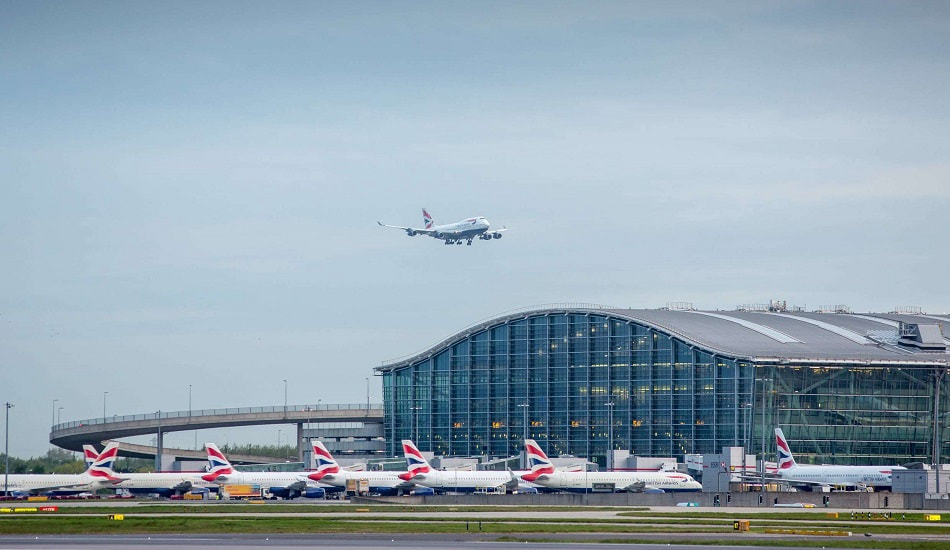
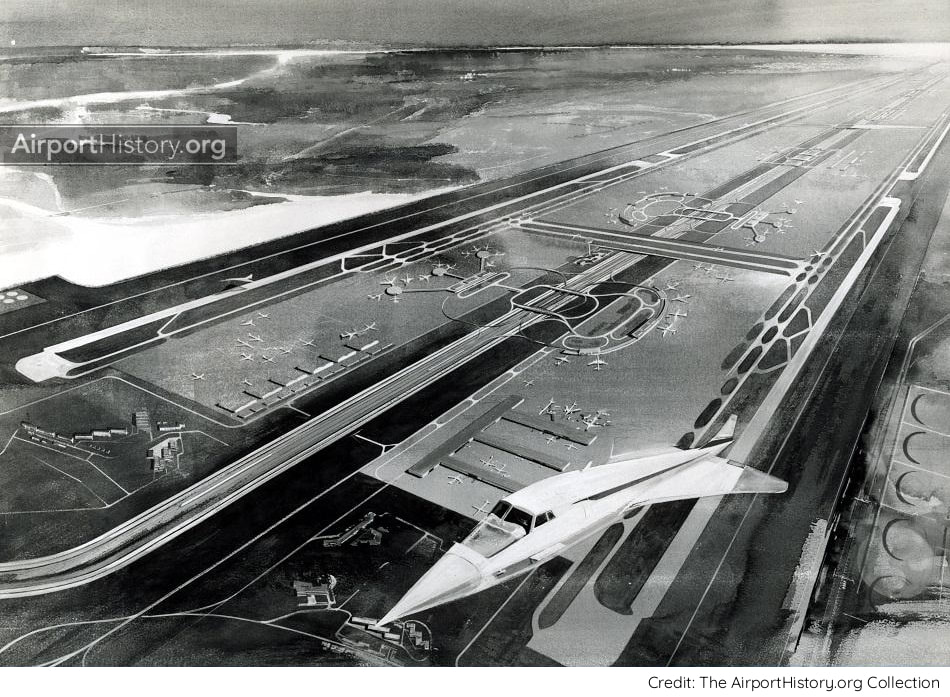
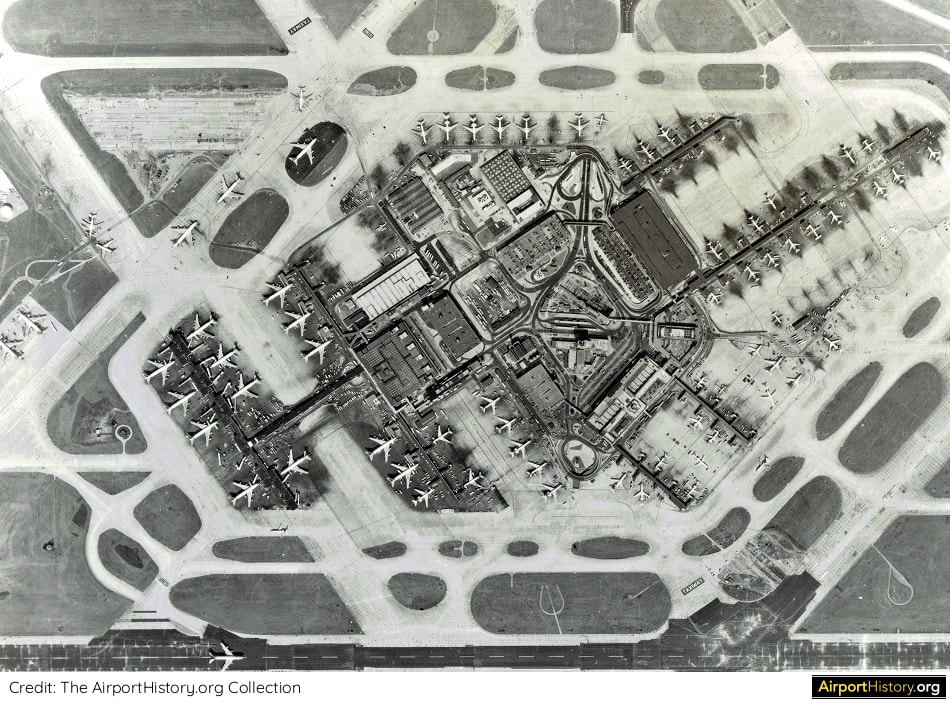
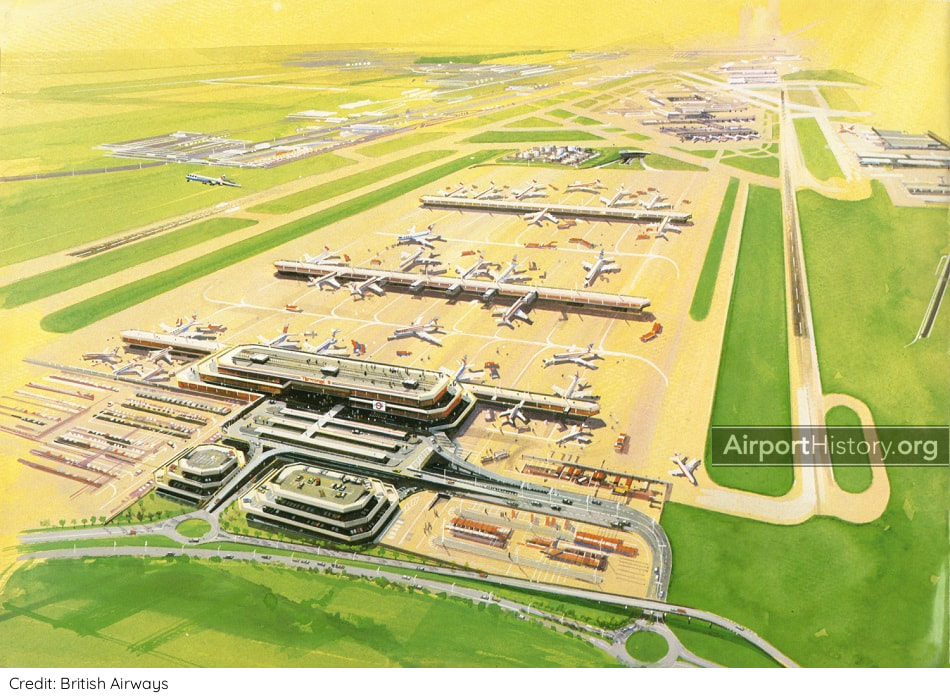
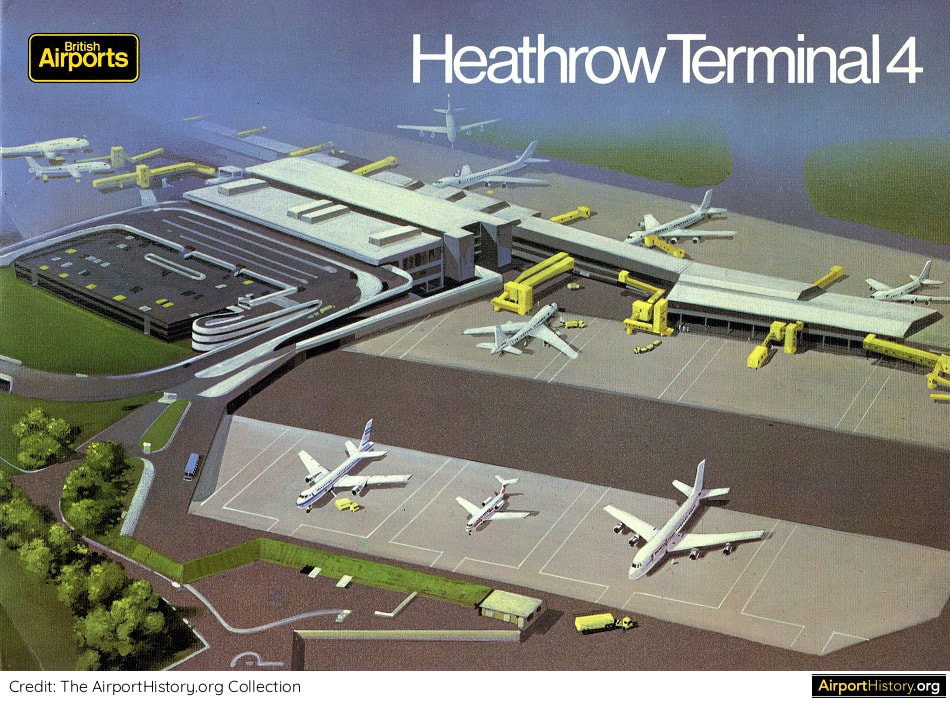
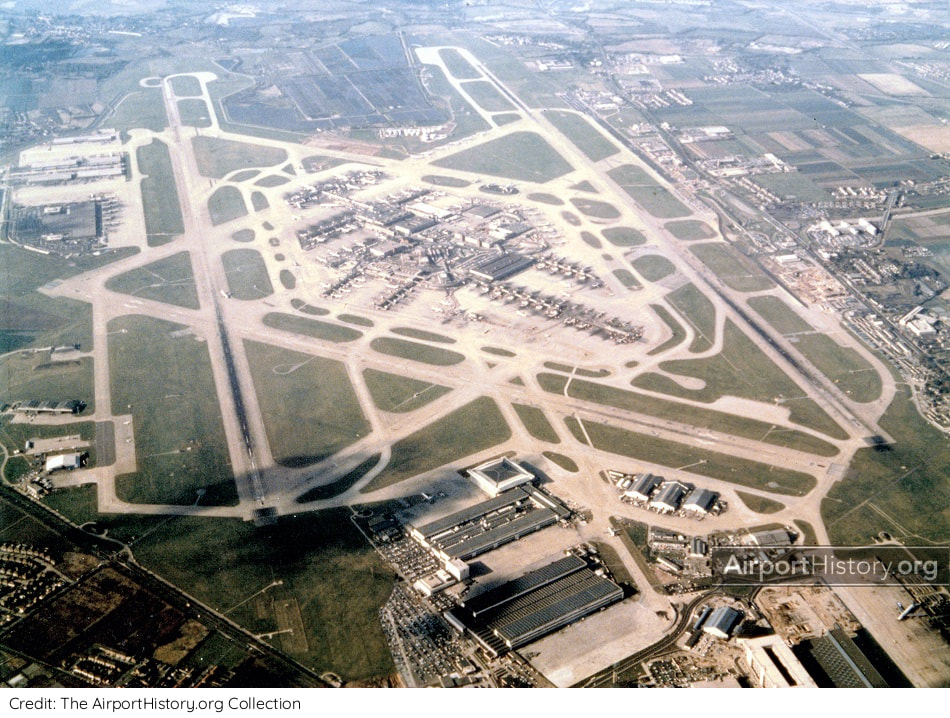
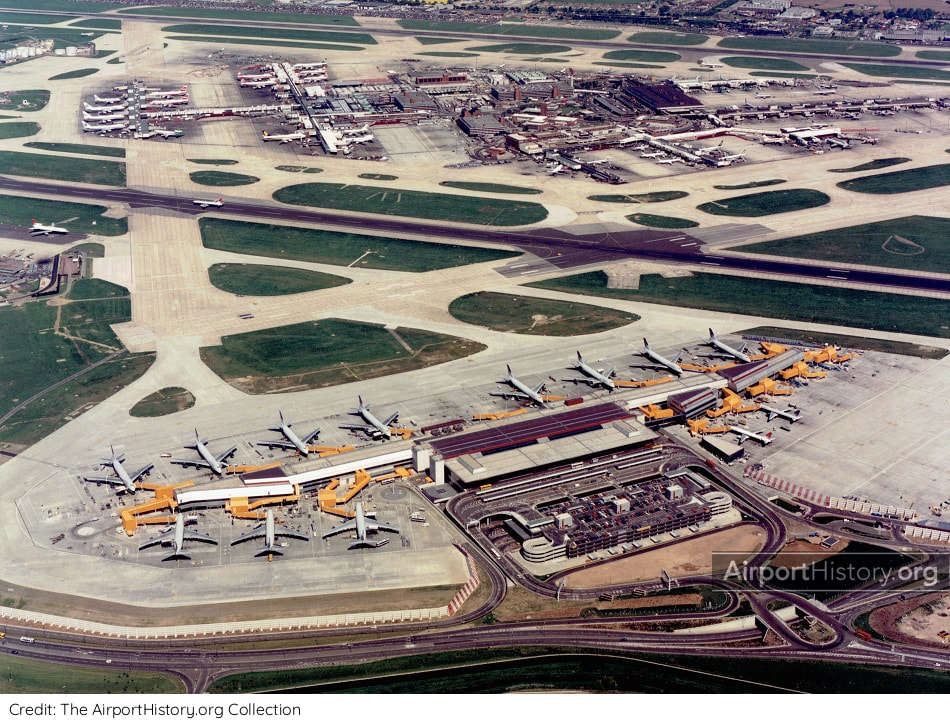
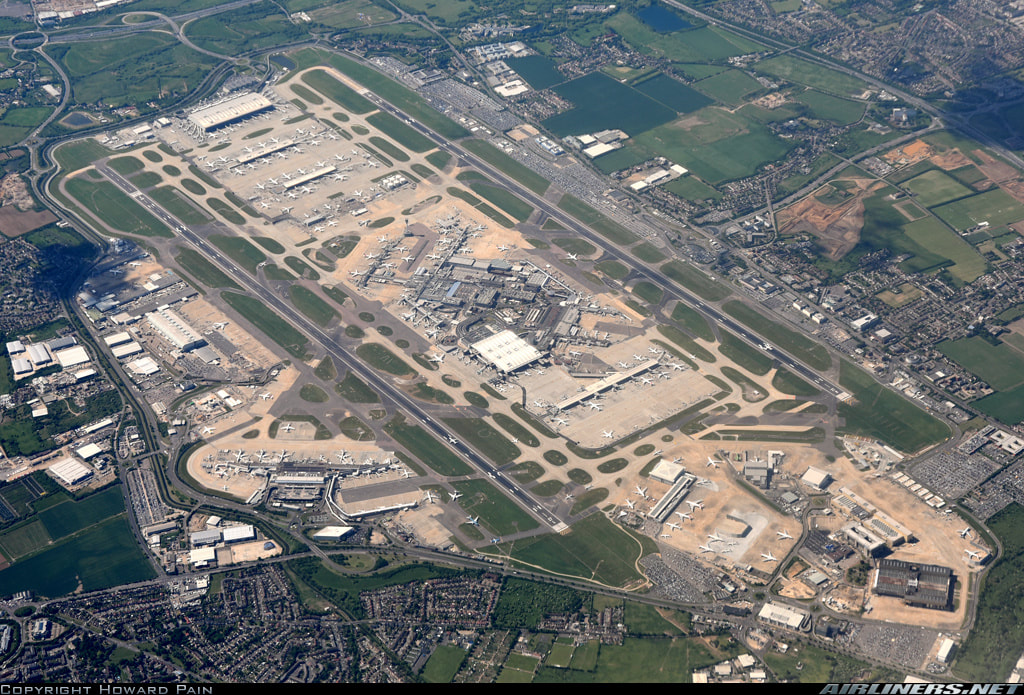

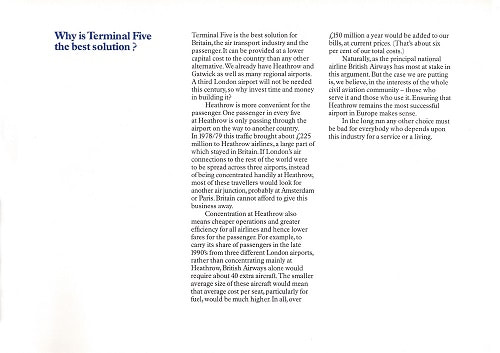
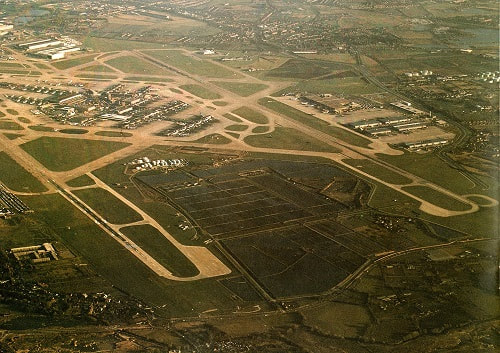
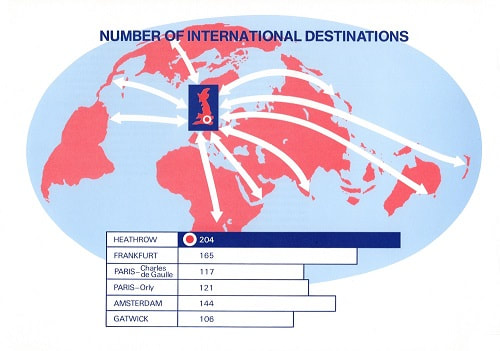
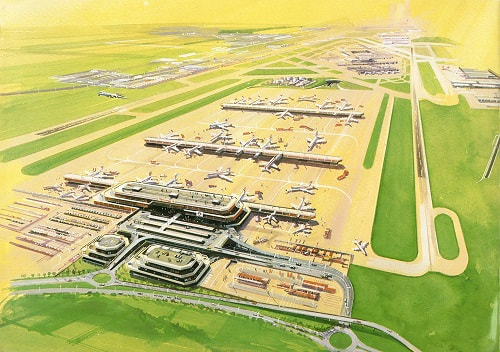
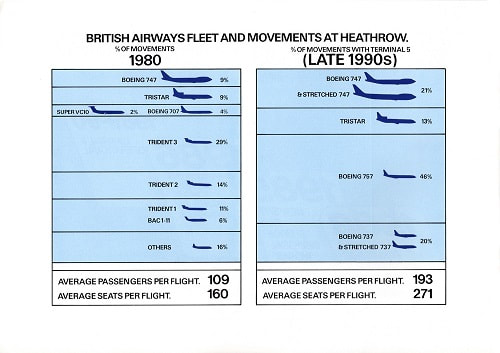
 RSS Feed
RSS Feed